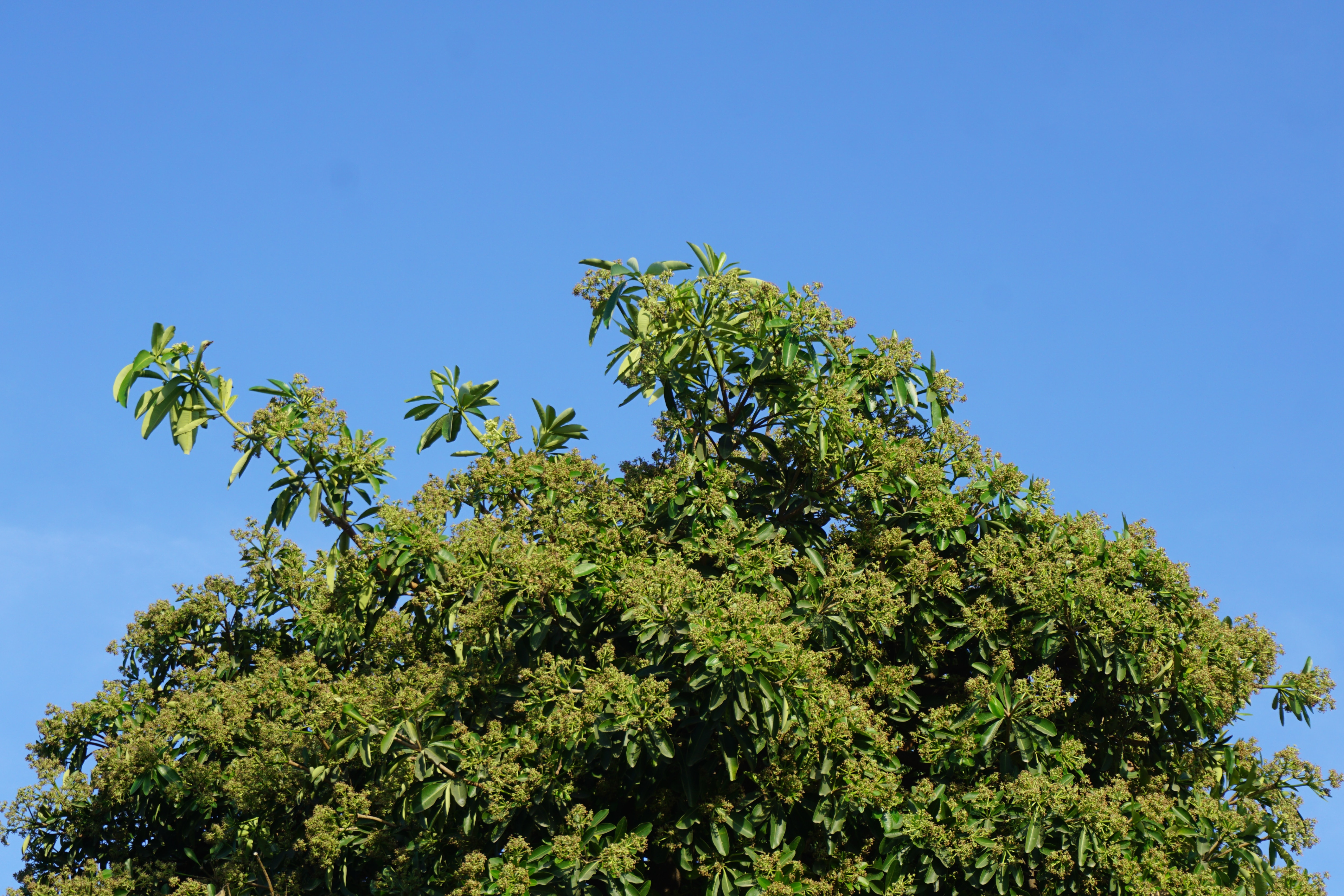Pruning is a fundamental practice in landscaping that helps maintain the health, shape, and aesthetics of trees and shrubs. It is a skillful technique that requires an understanding of plant biology, growth patterns, and the desired outcome. In the world of pruning, three primary methods stand out: crown thinning, crown raising, and crown reduction. In this blog article, we will delve into these pruning methods, their purposes, and how they contribute to the overall vitality and beauty of your outdoor space.
-
Crown Thinning: Enhancing Health and Structure
Crown thinning is a pruning technique that involves selectively removing inner branches throughout the crown of a tree or shrub. This method serves multiple purposes. Firstly, it improves air circulation by reducing foliage density, preventing the development of fungal diseases and promoting the exchange of gases. Adequate air movement also reduces the risk of wind damage by allowing wind to pass through the branches more freely.
Additionally, crown thinning helps reduce the weight of the tree, particularly in areas prone to windstorms. By removing certain branches, the overall load on the tree is reduced, decreasing the likelihood of limb breakage or uprooting during extreme weather conditions.
Moreover, crown thinning allows for better penetration of sunlight into the inner branches and lower parts of the plant. This promotes overall photosynthesis and encourages healthy growth throughout the entire crown, enhancing the vitality and longevity of the tree or shrub.
-
Crown Raising: Improving Visibility and Clearance
Crown raising, also known as canopy lifting, focuses on removing lower branches to provide vertical clearance and improve visibility within the landscape. This method is particularly useful for trees and shrubs that are in close proximity to walkways, driveways, or structures.
By lifting the canopy, crown raising creates unobstructed access and improves sightlines. It enhances the safety and functionality of the outdoor space while preserving the natural structure and shape of the tree. Additionally, crown raising allows for better utilization of the space beneath the tree, whether it’s for planting additional vegetation, installing lighting fixtures, or creating seating areas.
-
Crown Reduction: Controlling Size and Encouraging Structural Integrity
Crown reduction pruning is employed when a tree has become too large for its space or poses a risk due to weak branches or structural issues. This method involves selectively removing branches to reduce the overall size of the crown while maintaining its natural shape.
By reducing the crown’s size, crown reduction pruning helps control the growth of the tree, preventing it from encroaching on nearby structures, power lines, or neighboring plants. It is also an effective solution for managing the weight distribution within the crown, ensuring that the tree maintains a balanced and structurally sound form.
This technique requires careful consideration and expertise to maintain the health and aesthetics of the tree. It is crucial to consult with professional arborists, like Cruz Landscaping, who have a deep understanding of tree biology and growth patterns to ensure that the pruning is done correctly and does not compromise the overall health of the tree.
All in all, the three primary pruning methods – crown thinning, crown raising, and crown reduction – are essential tools in the landscaper’s arsenal. Each method serves a specific purpose in maintaining the health, structure, and aesthetics of trees and shrubs.
In the end, when it comes to pruning, it is vital to engage the services of experienced professionals who possess the knowledge, skills, and tools required to perform these techniques with precision and care.
Cruz Landscaping embraces the art of pruning and employs these primary methods ensuring the long-term health and beauty of your outdoor space while creating a thriving landscape to be enjoyed for years to come.



